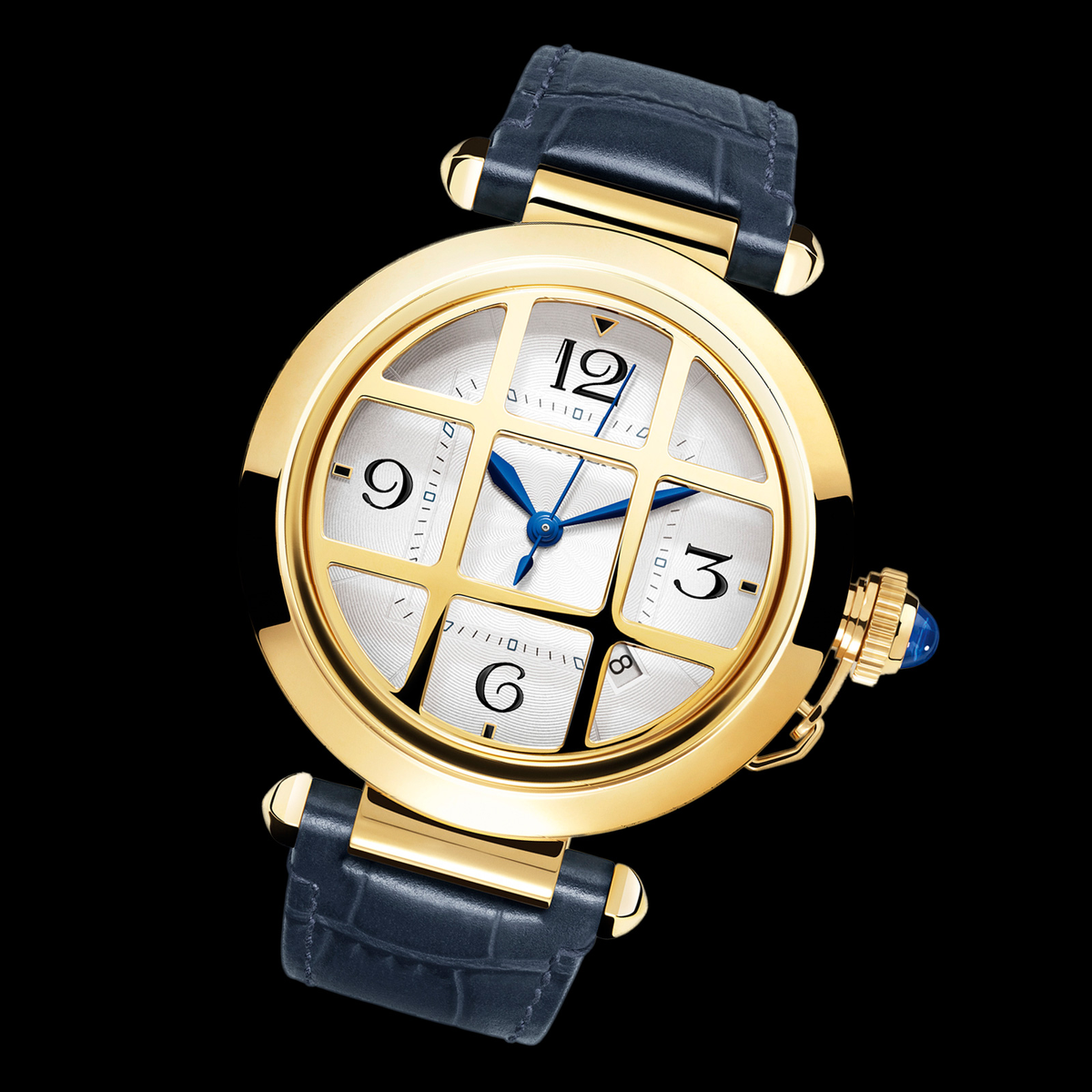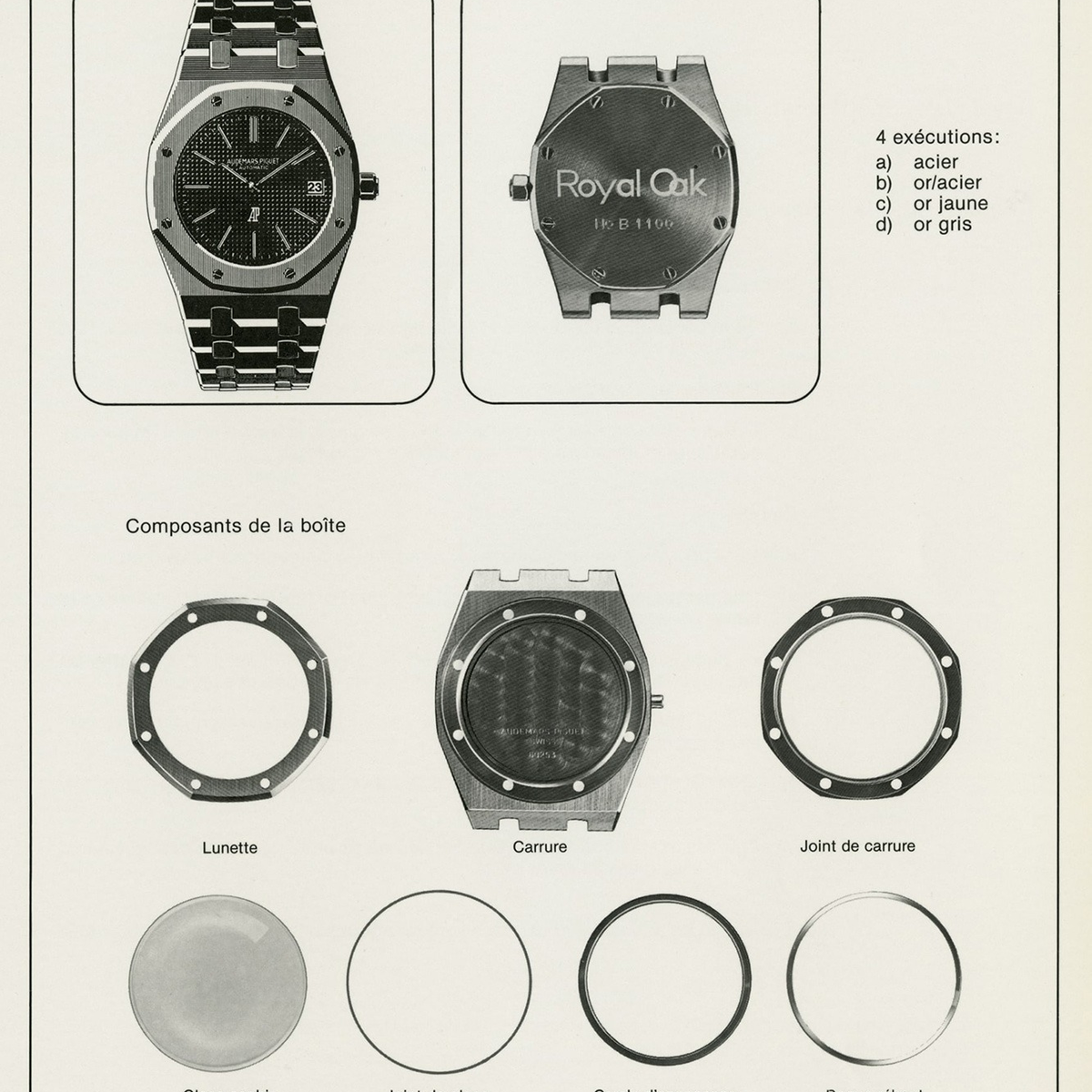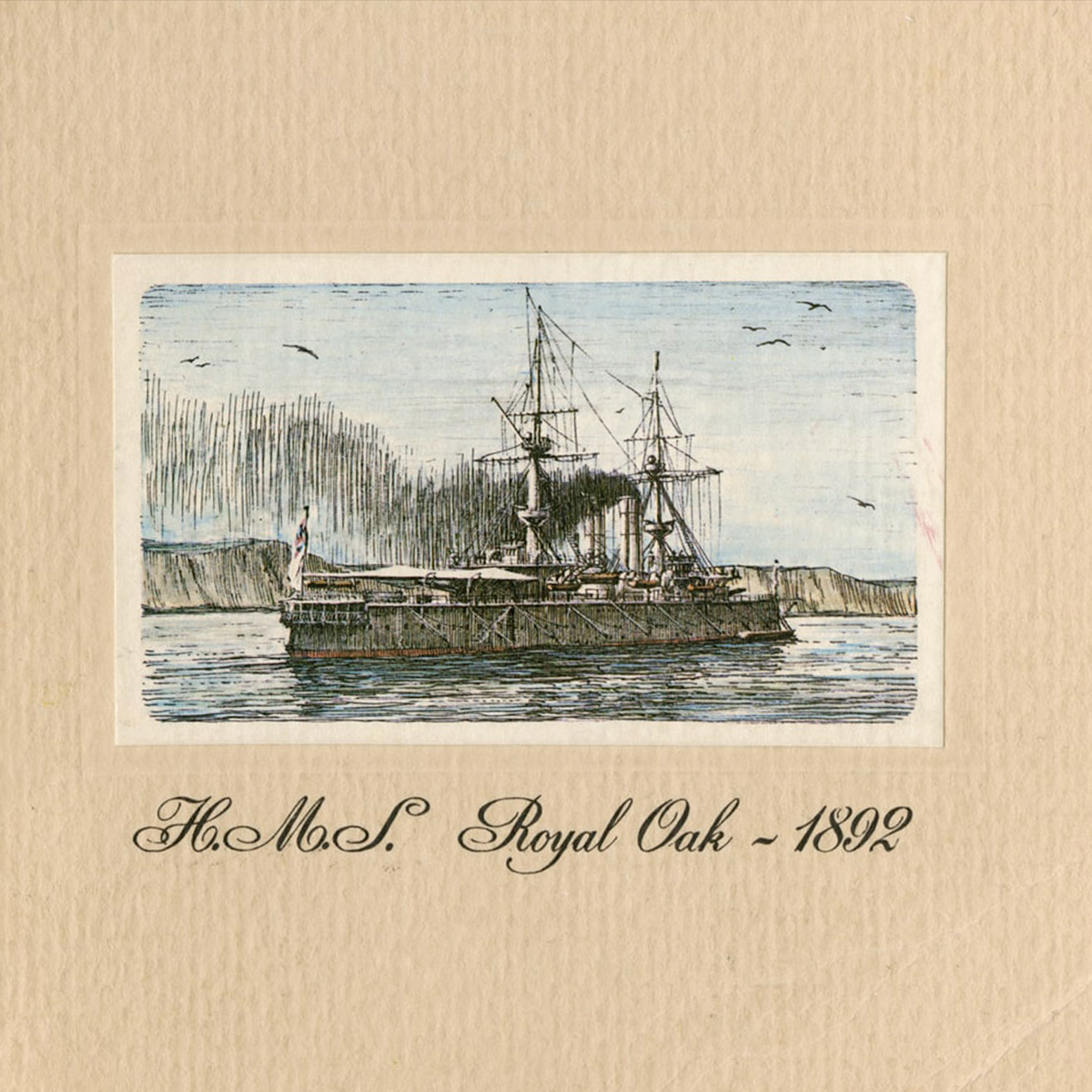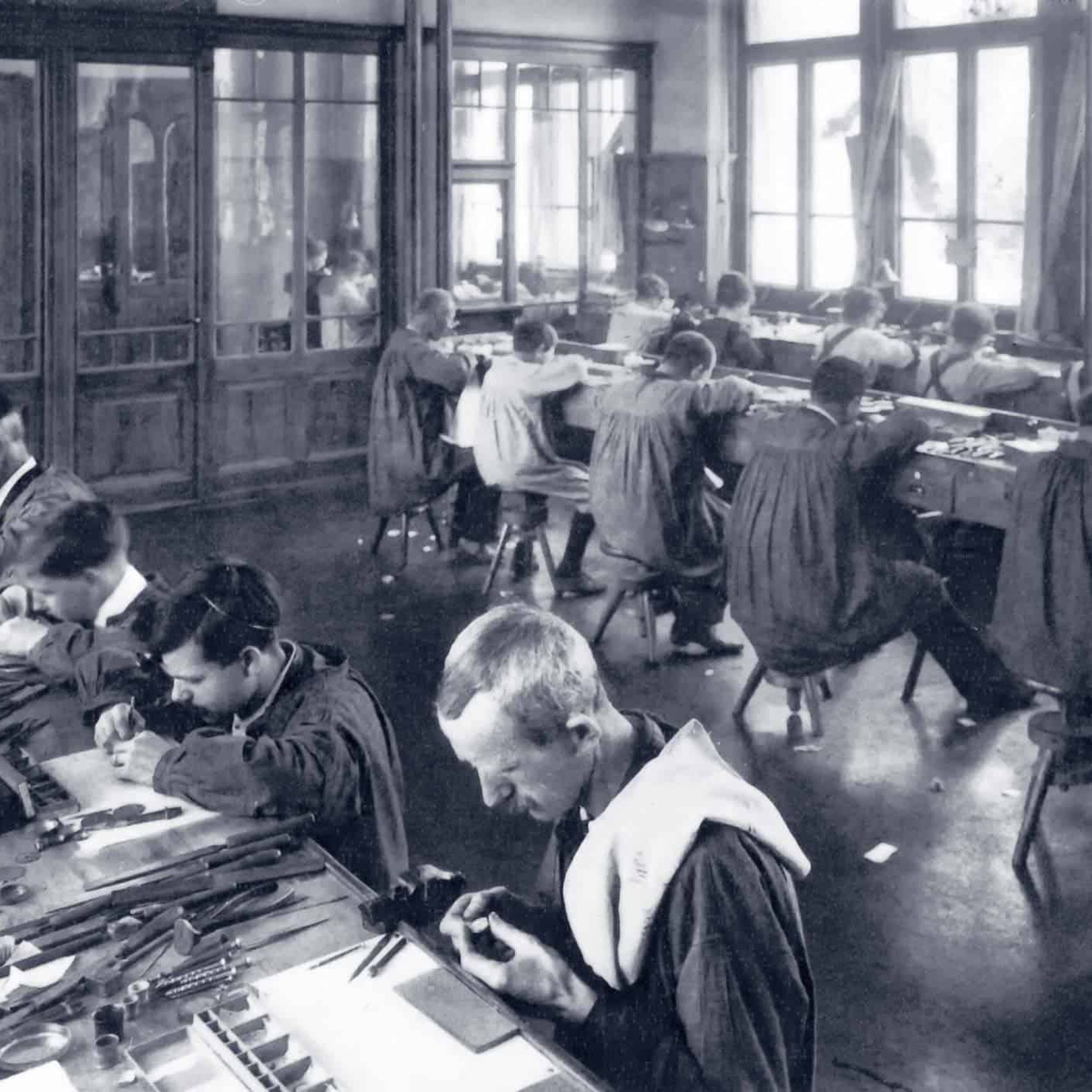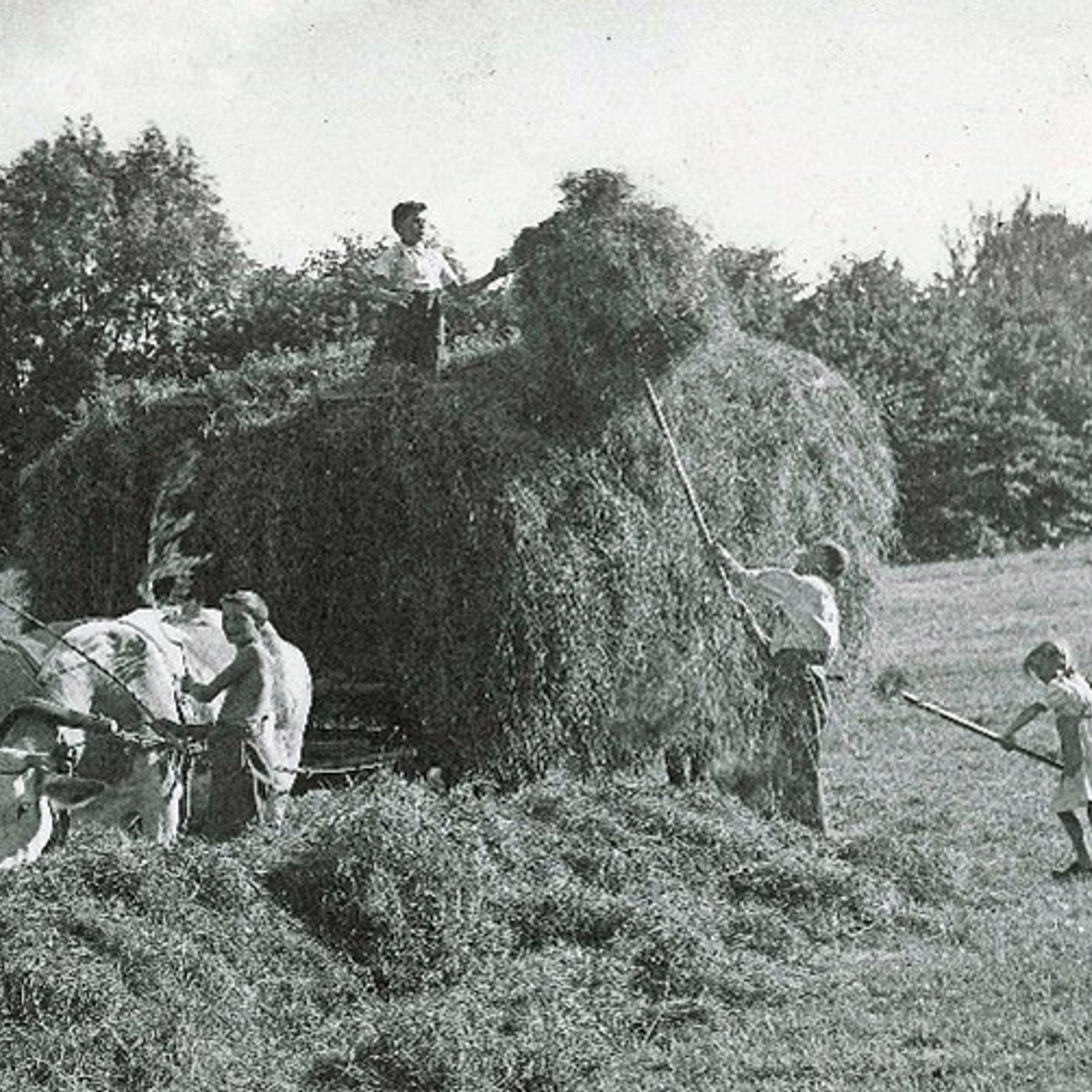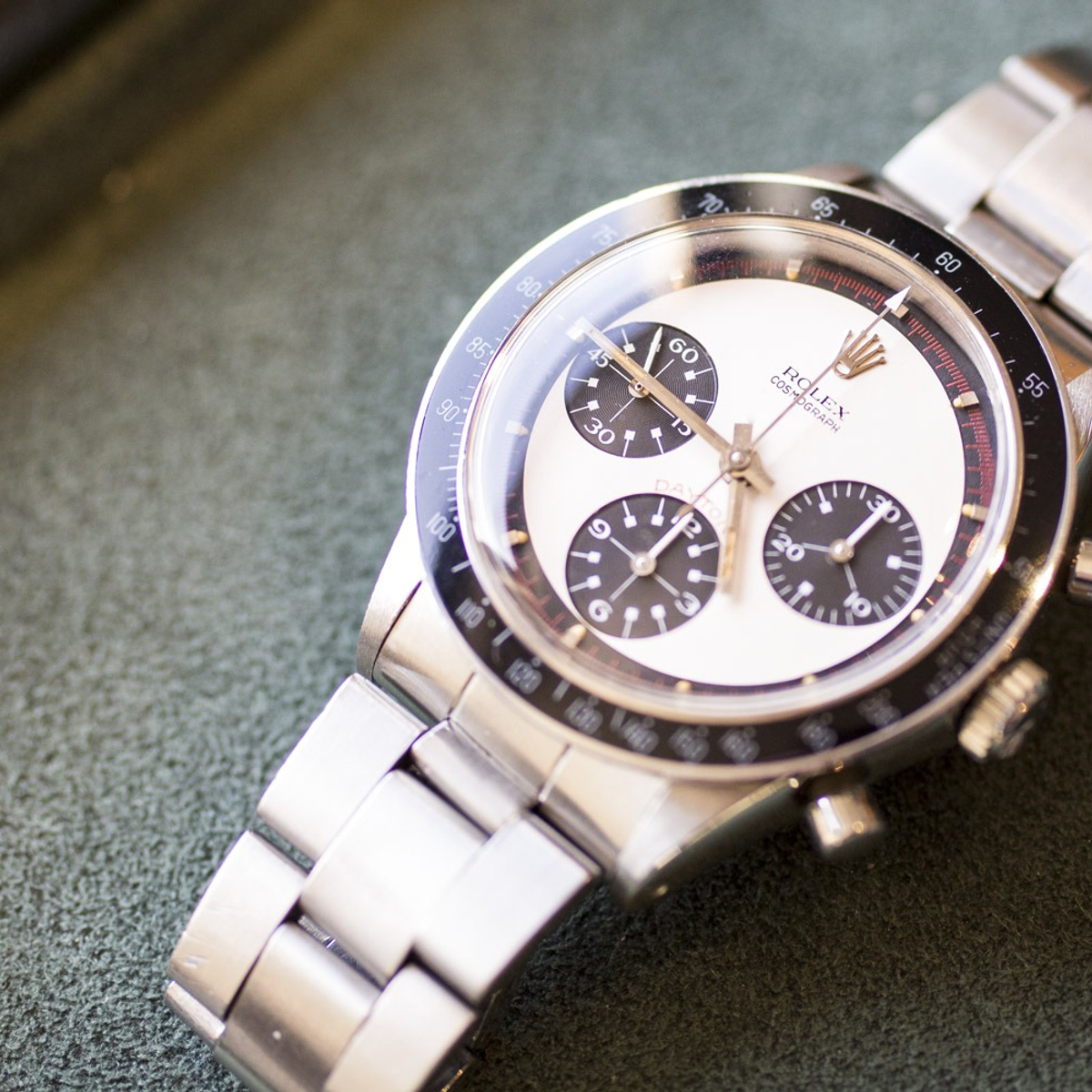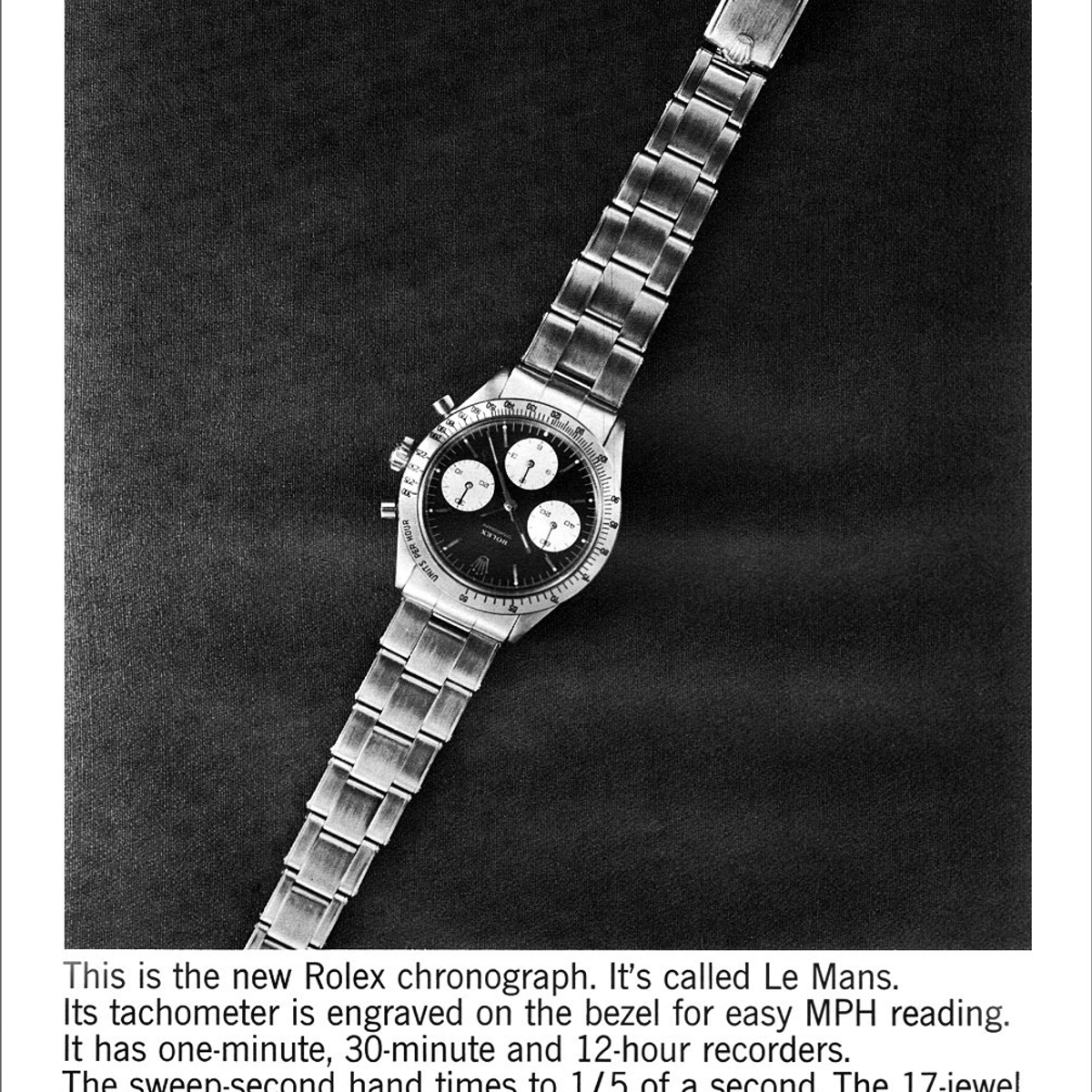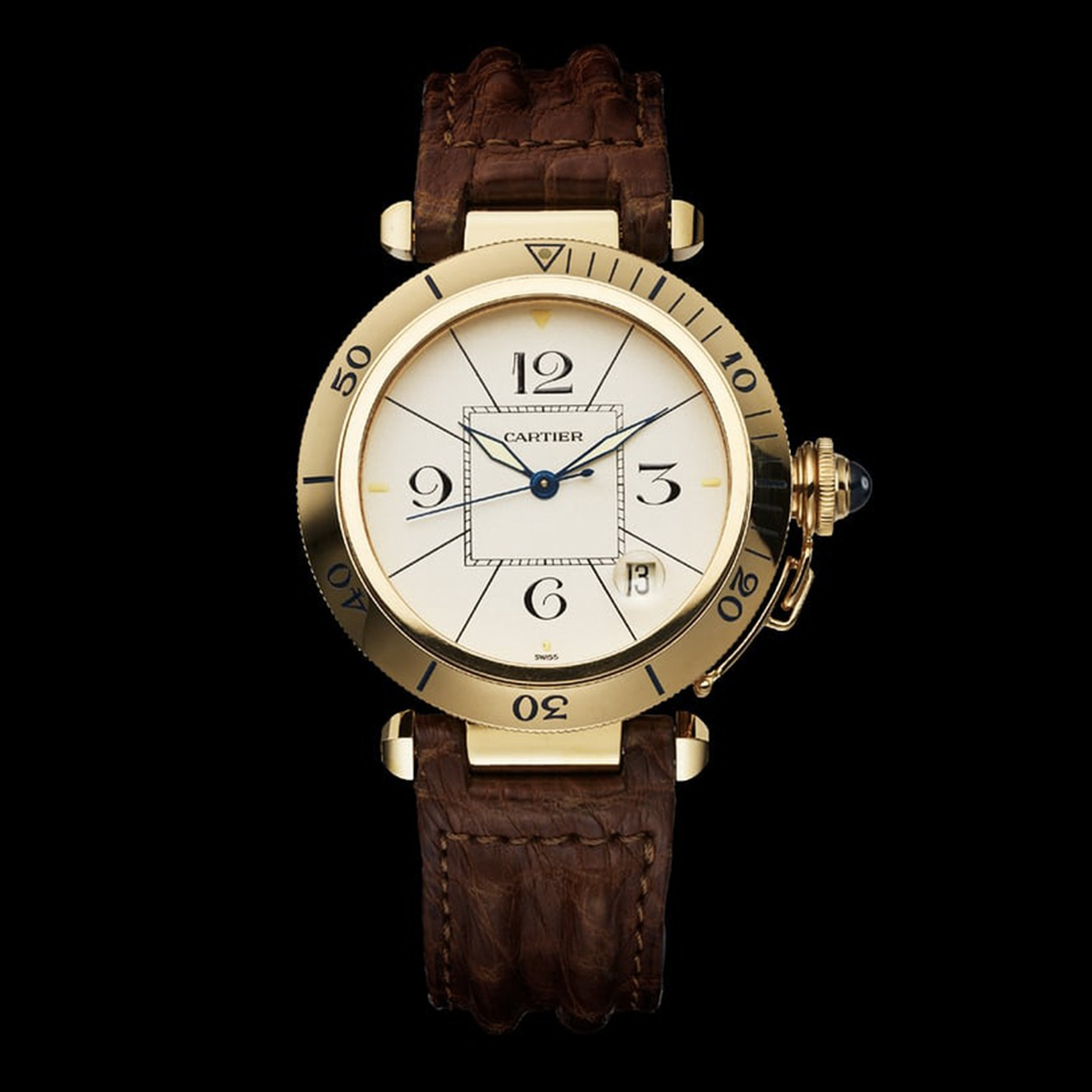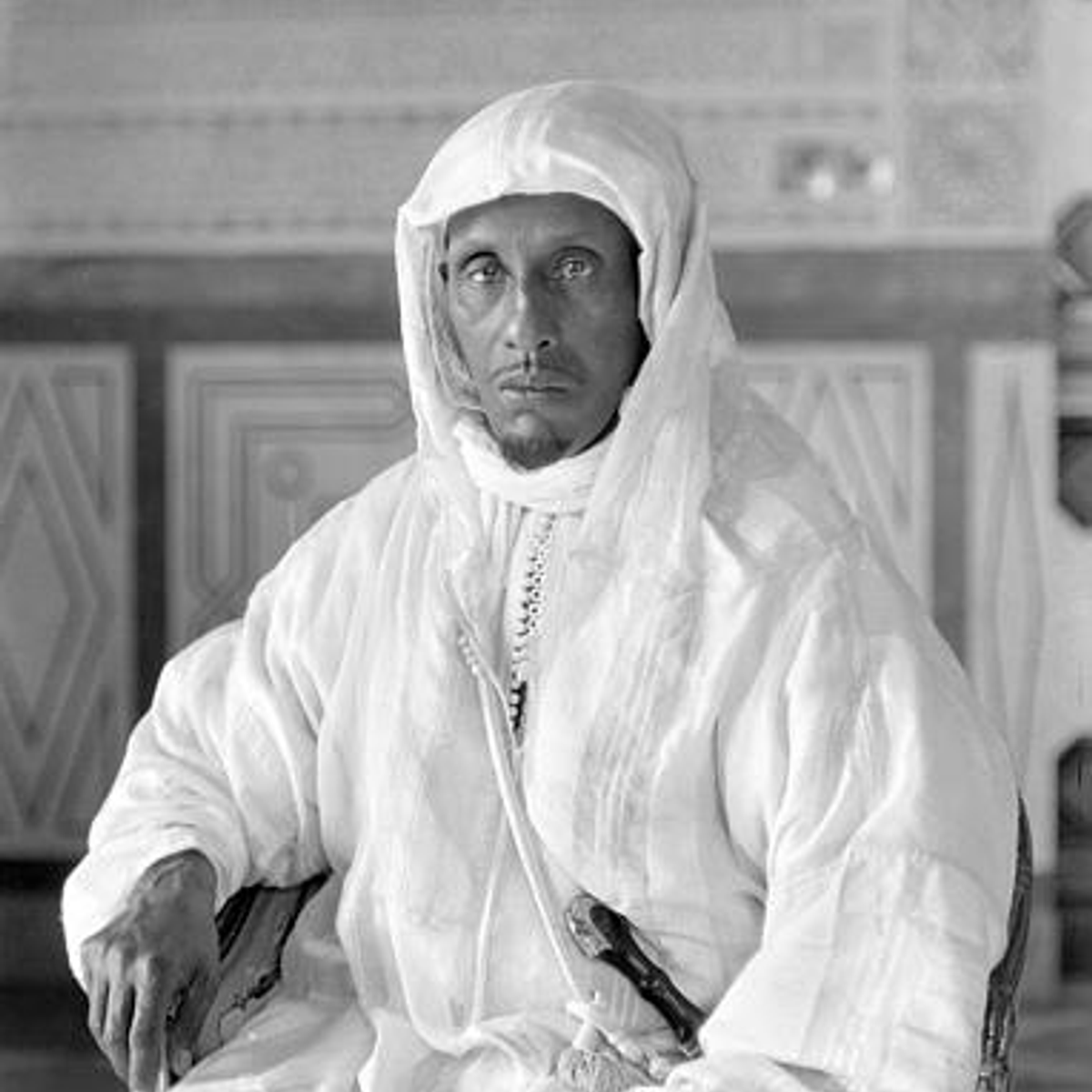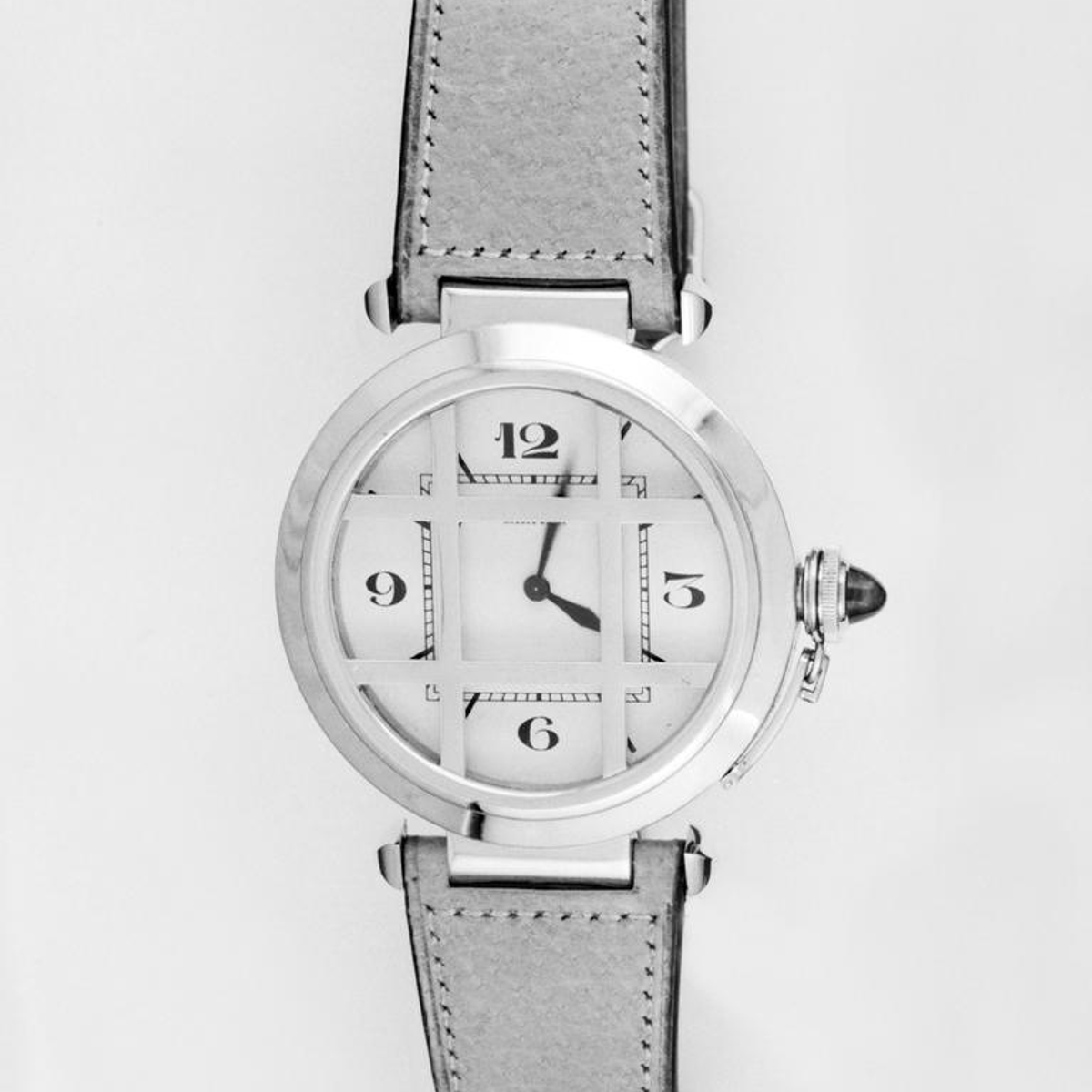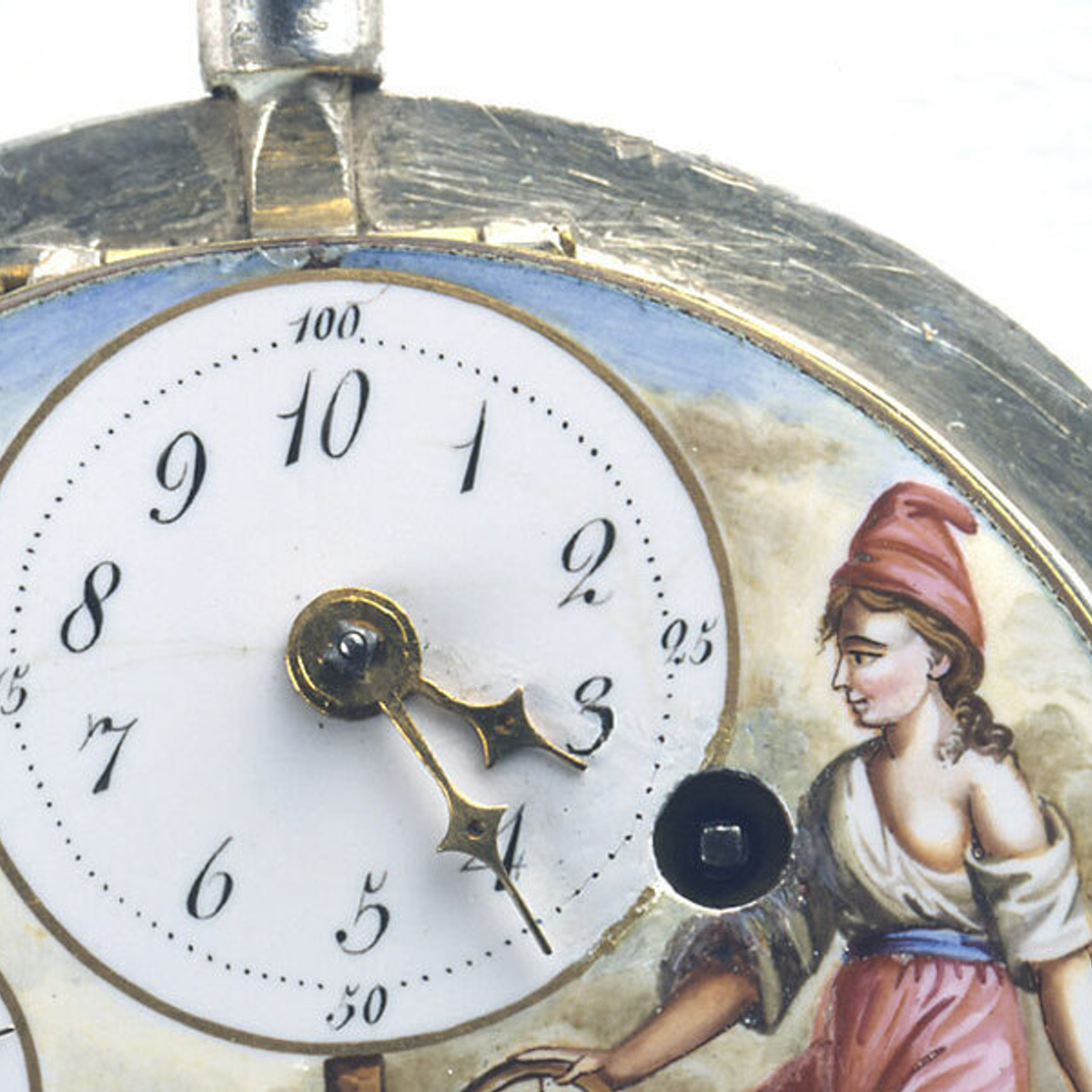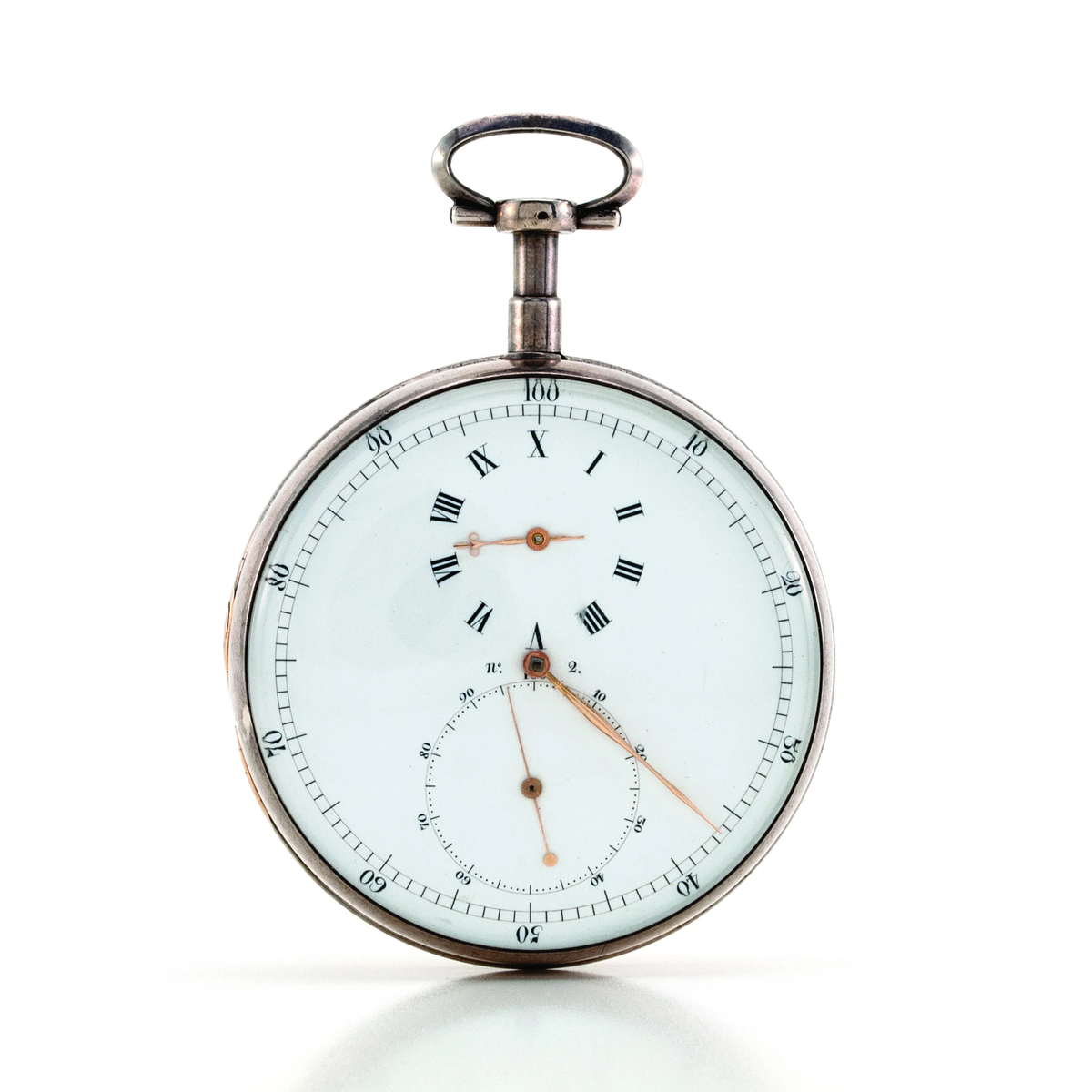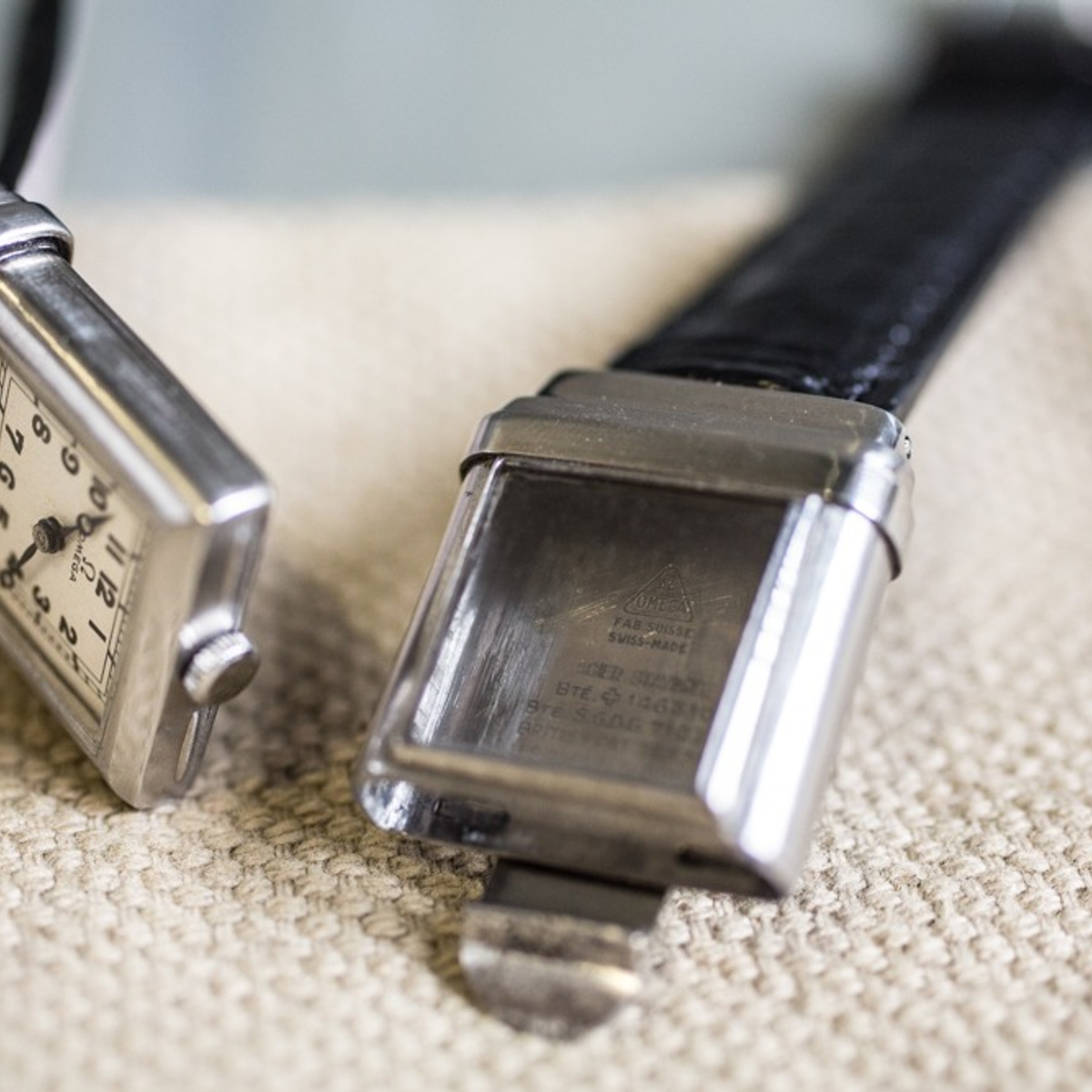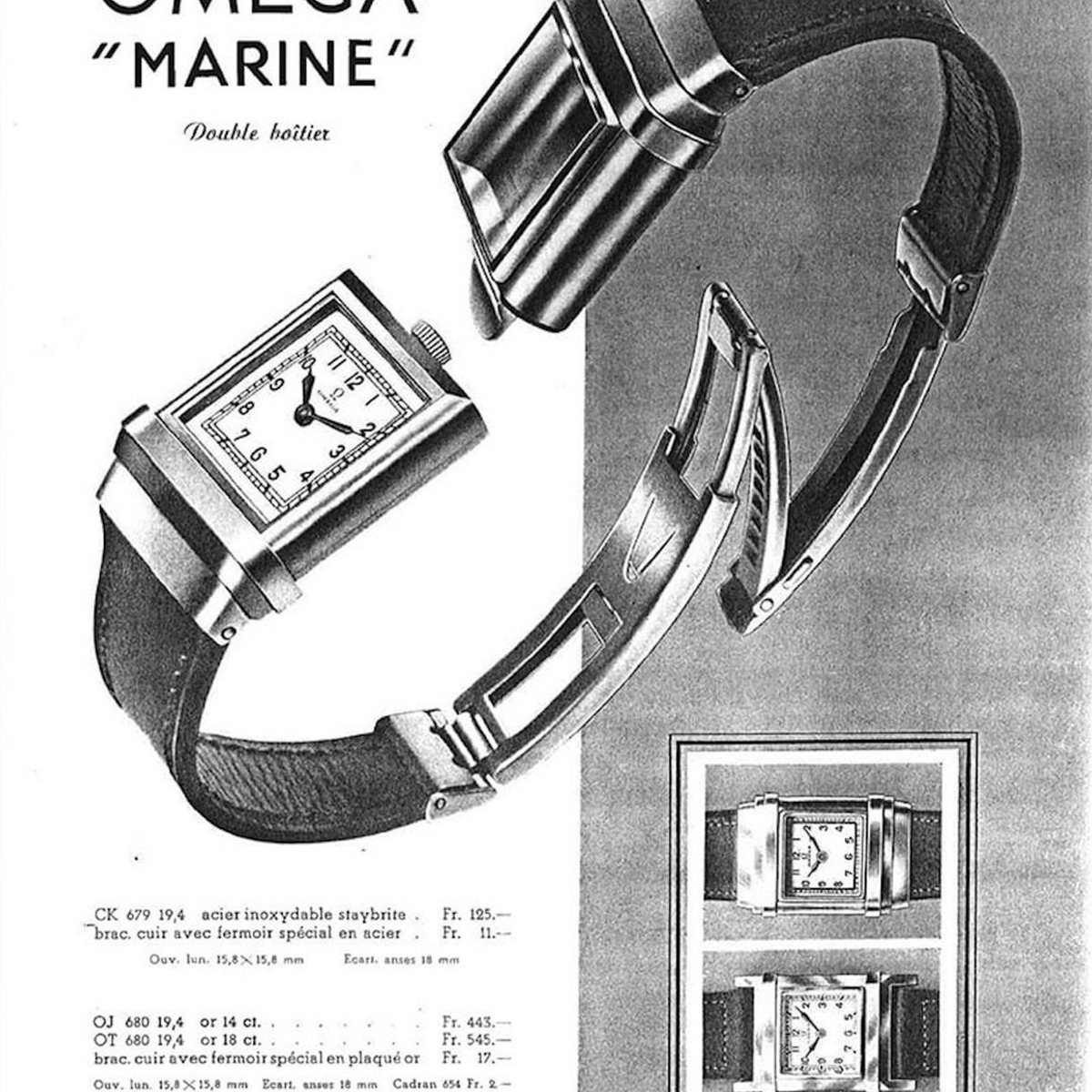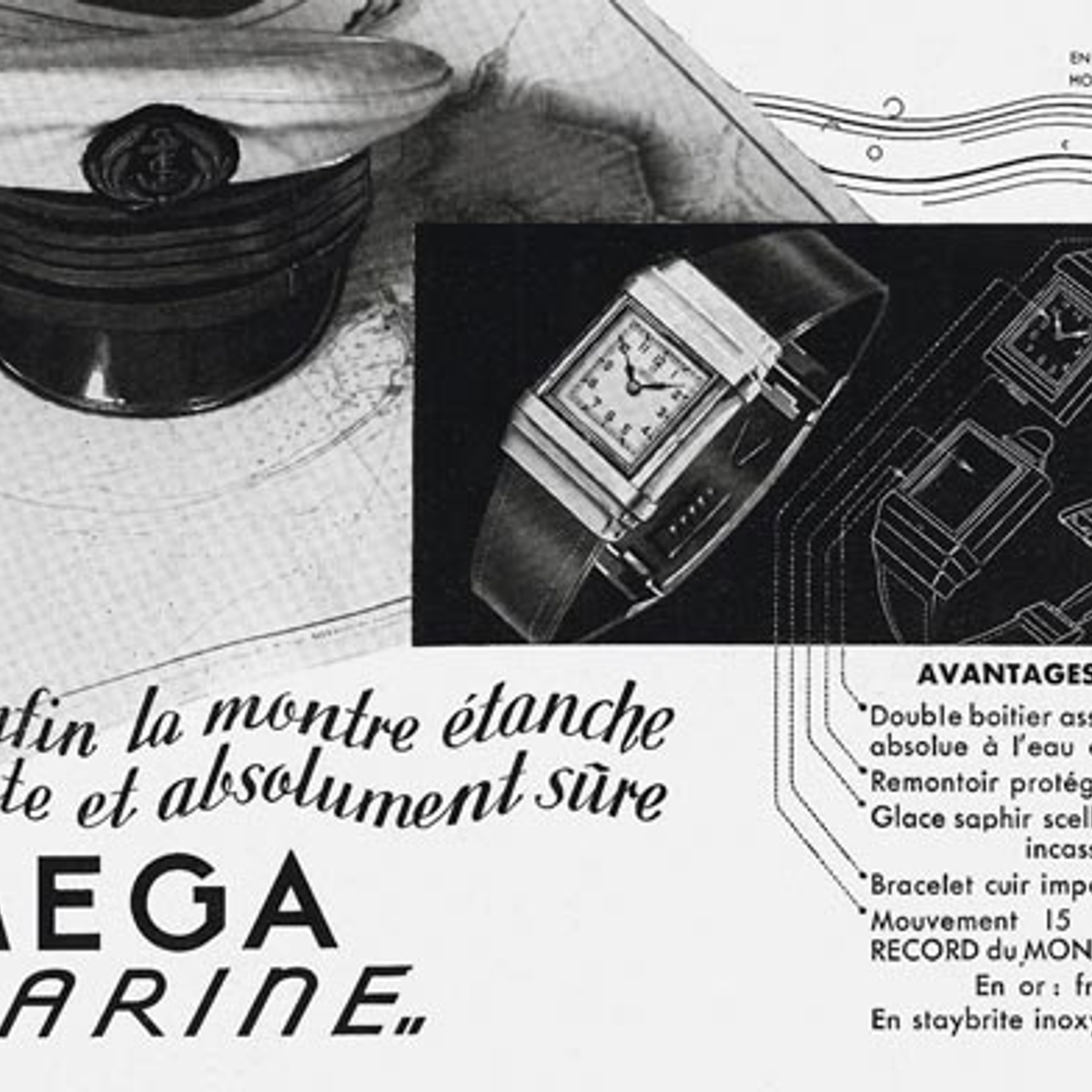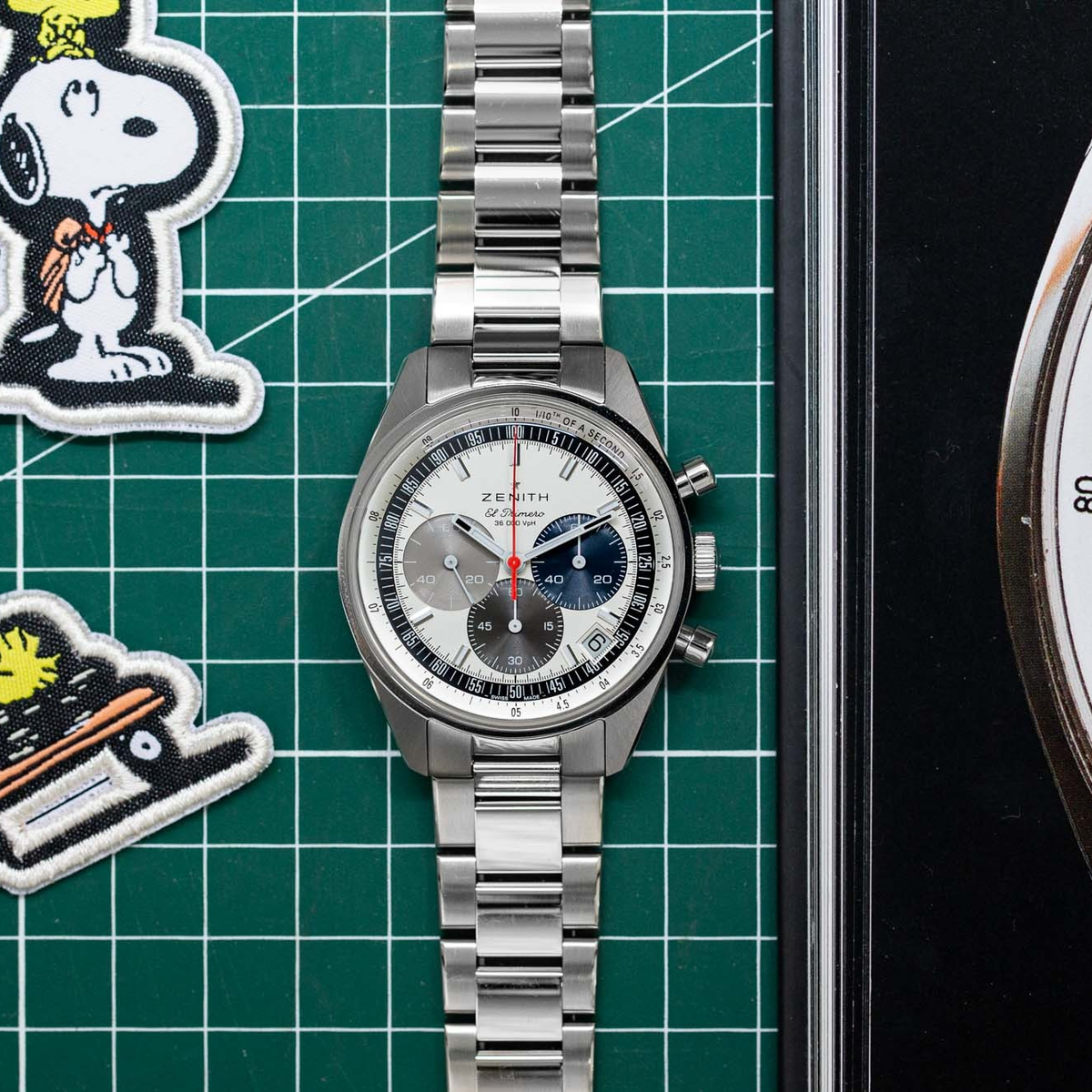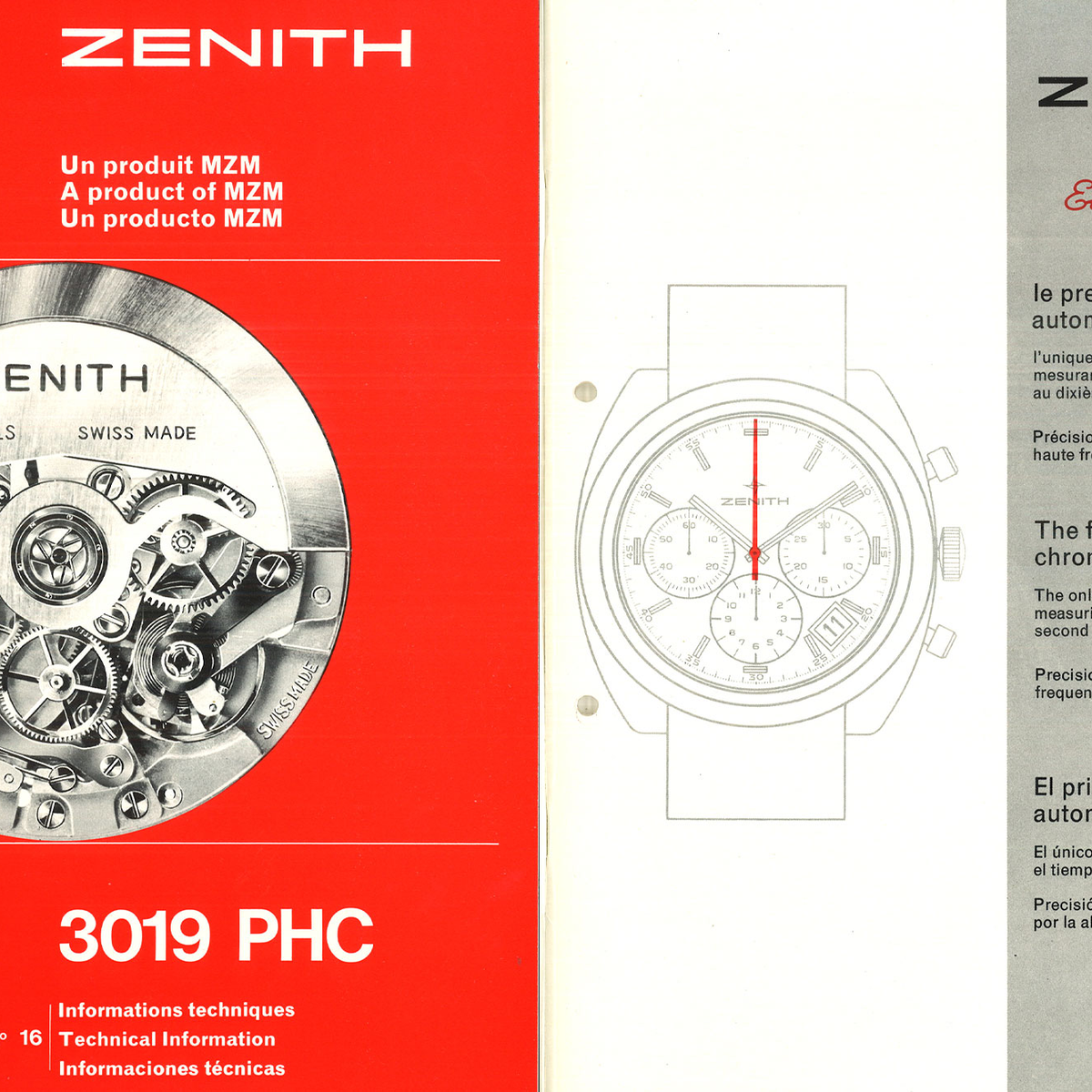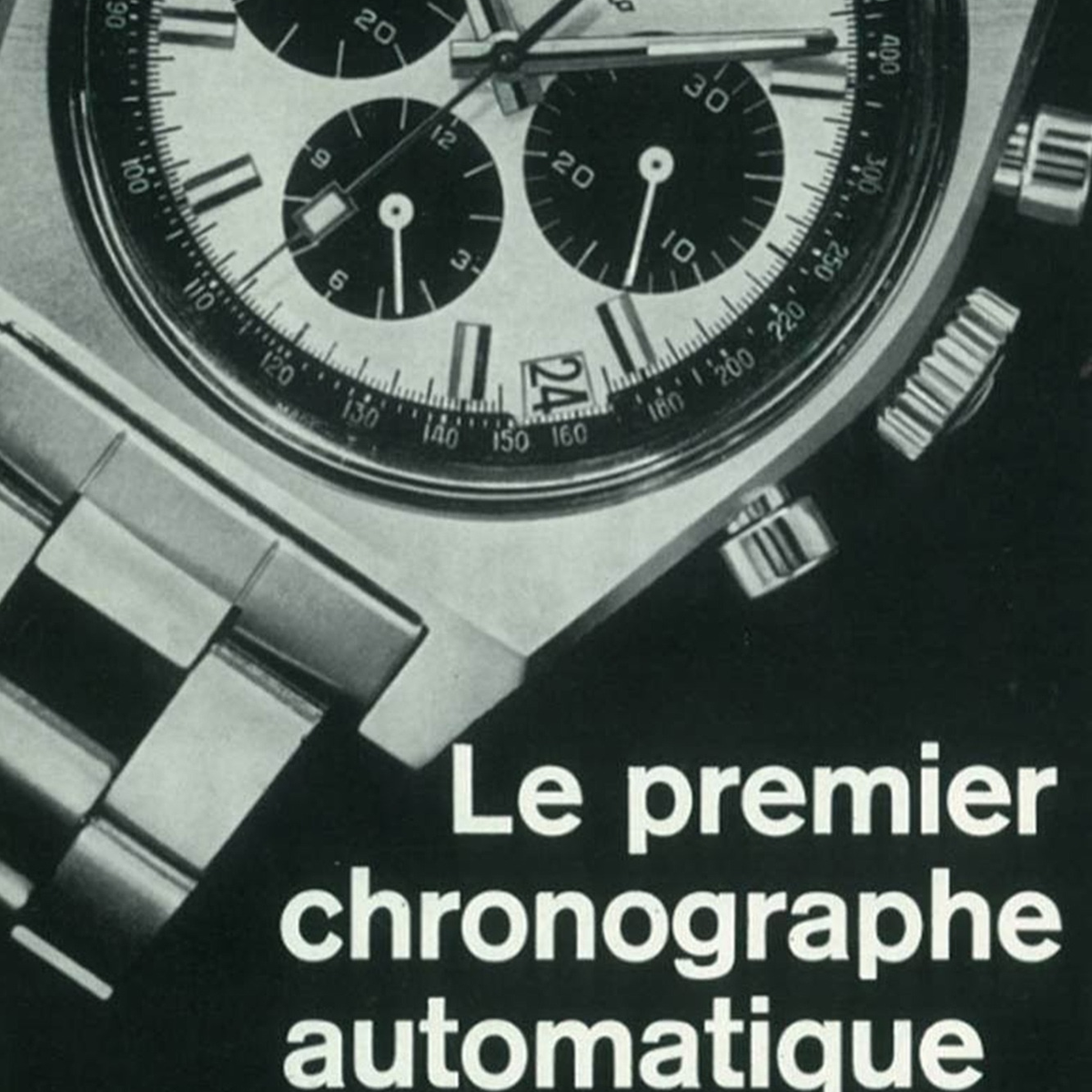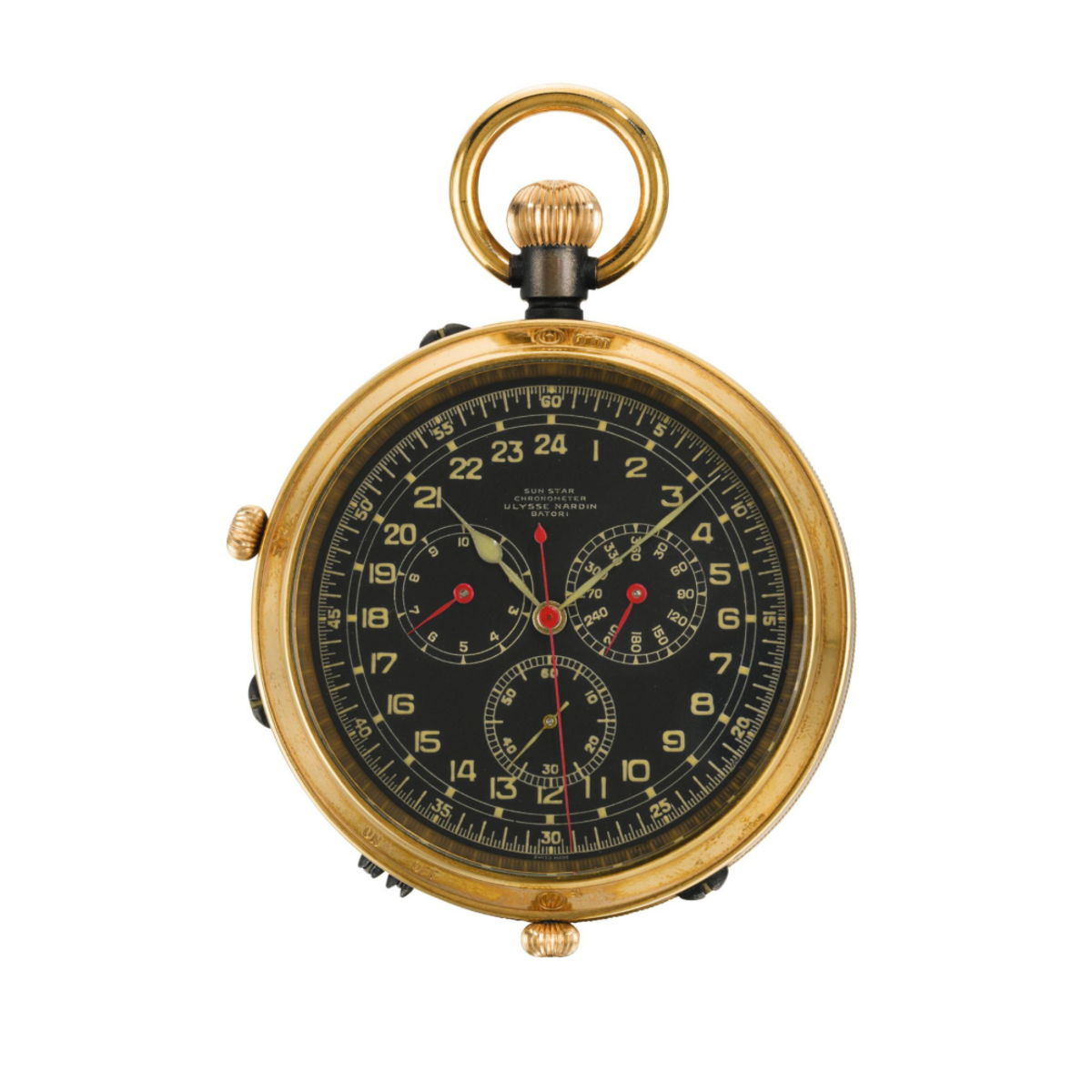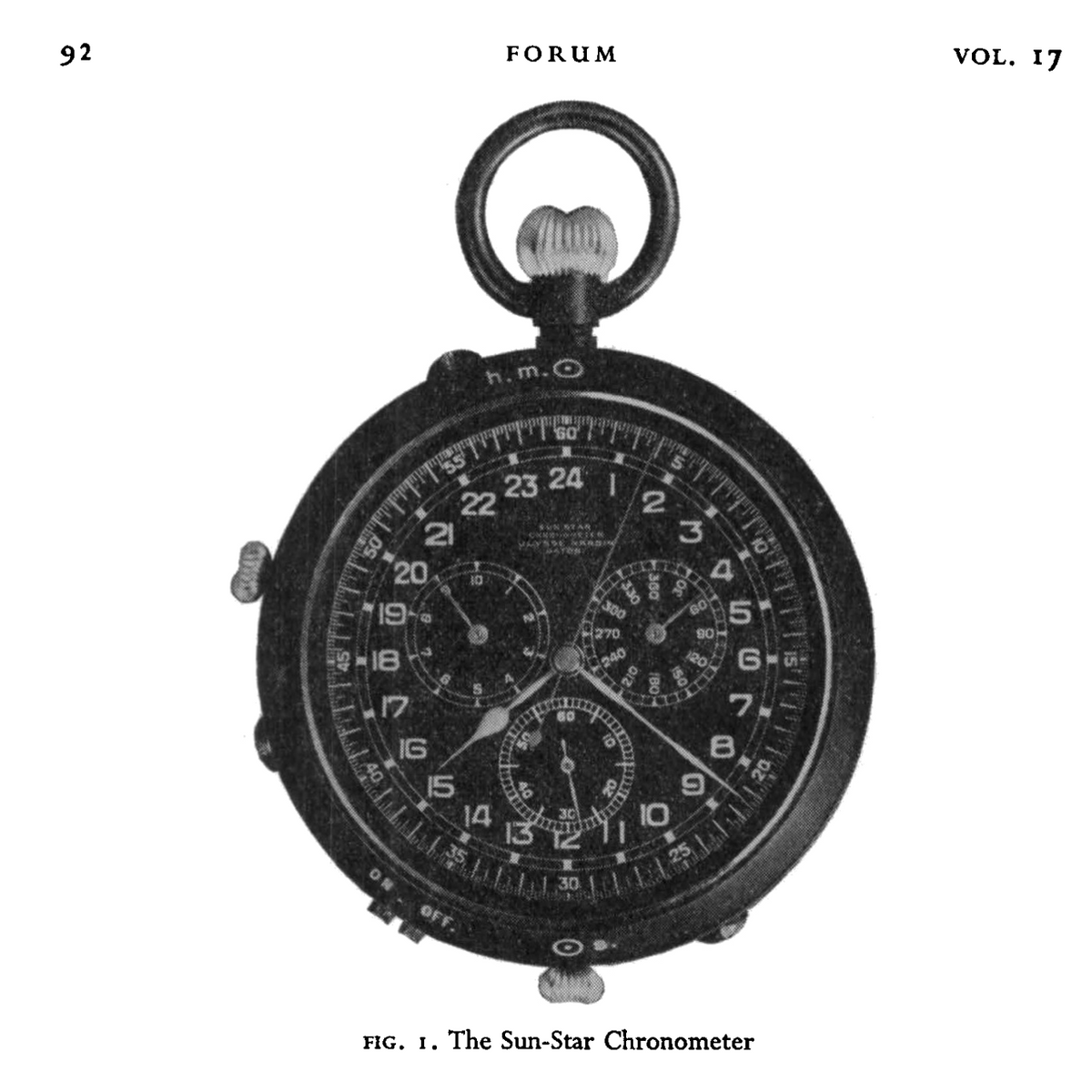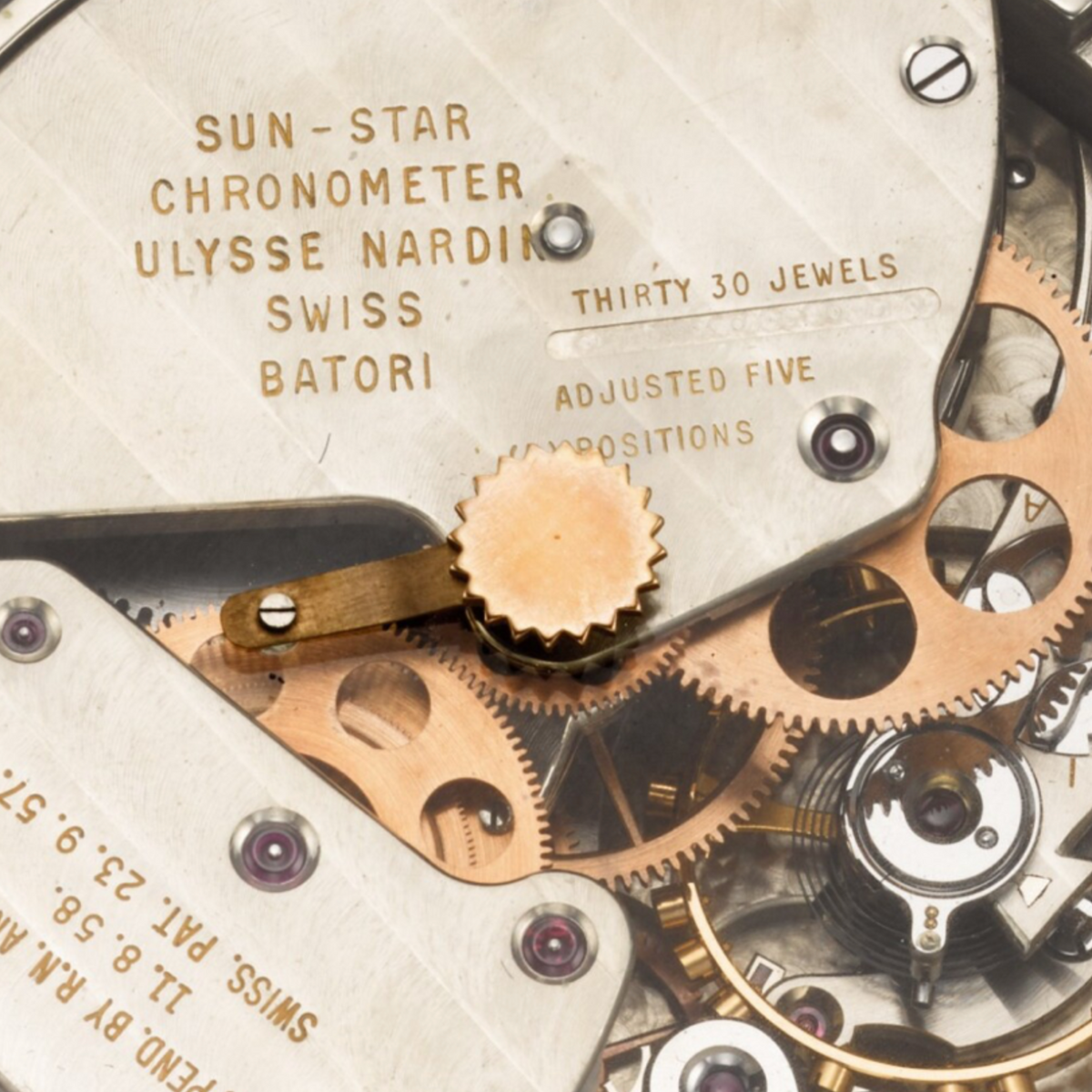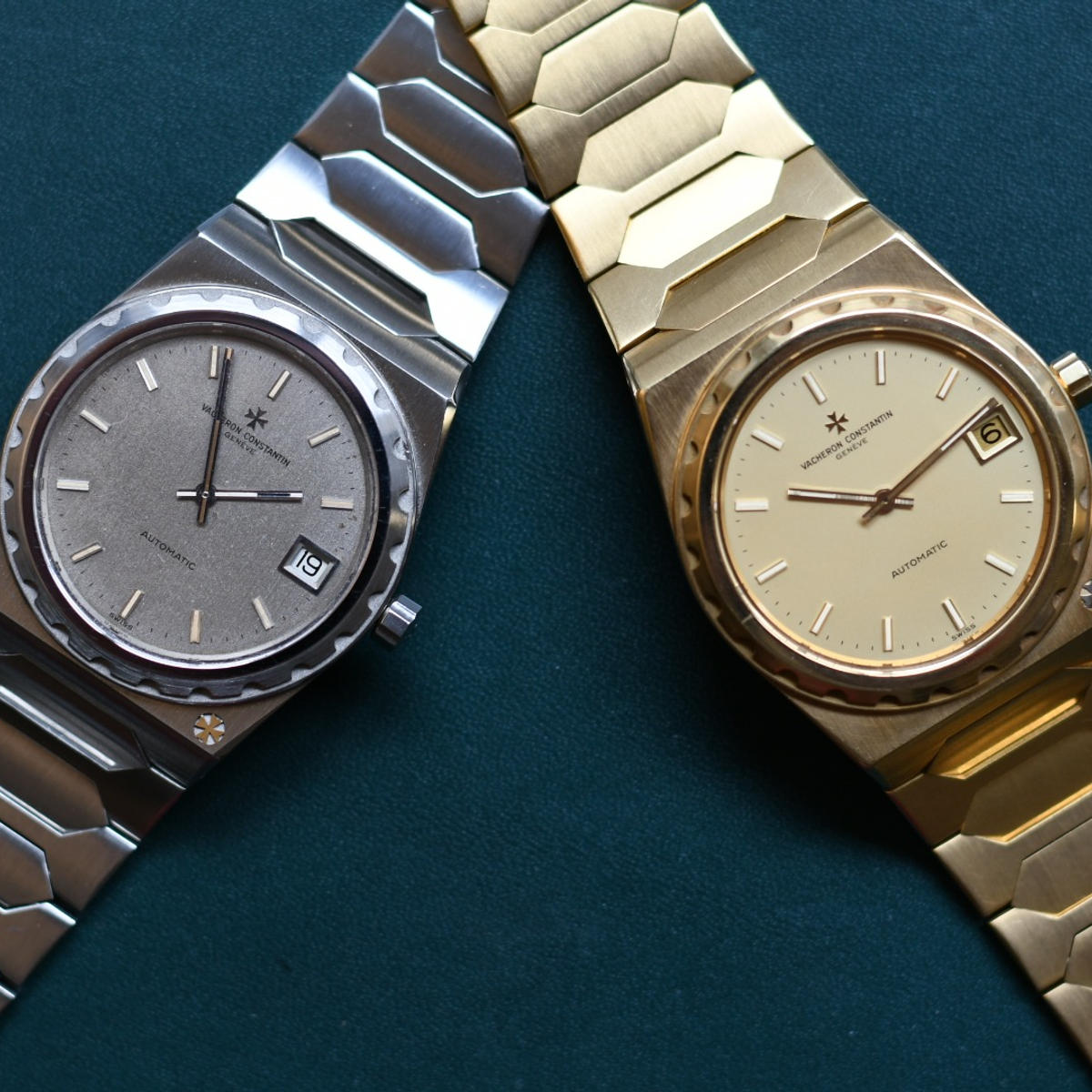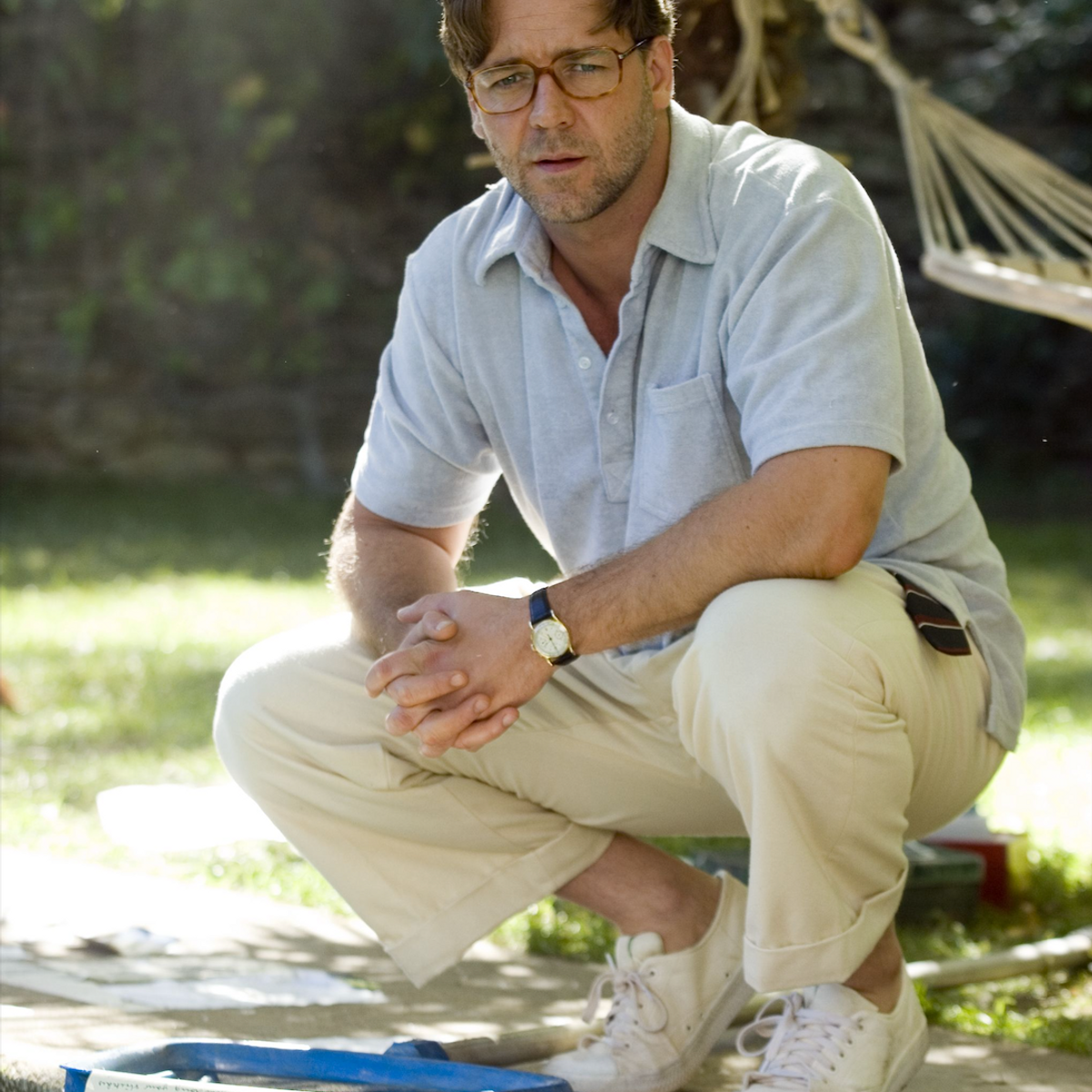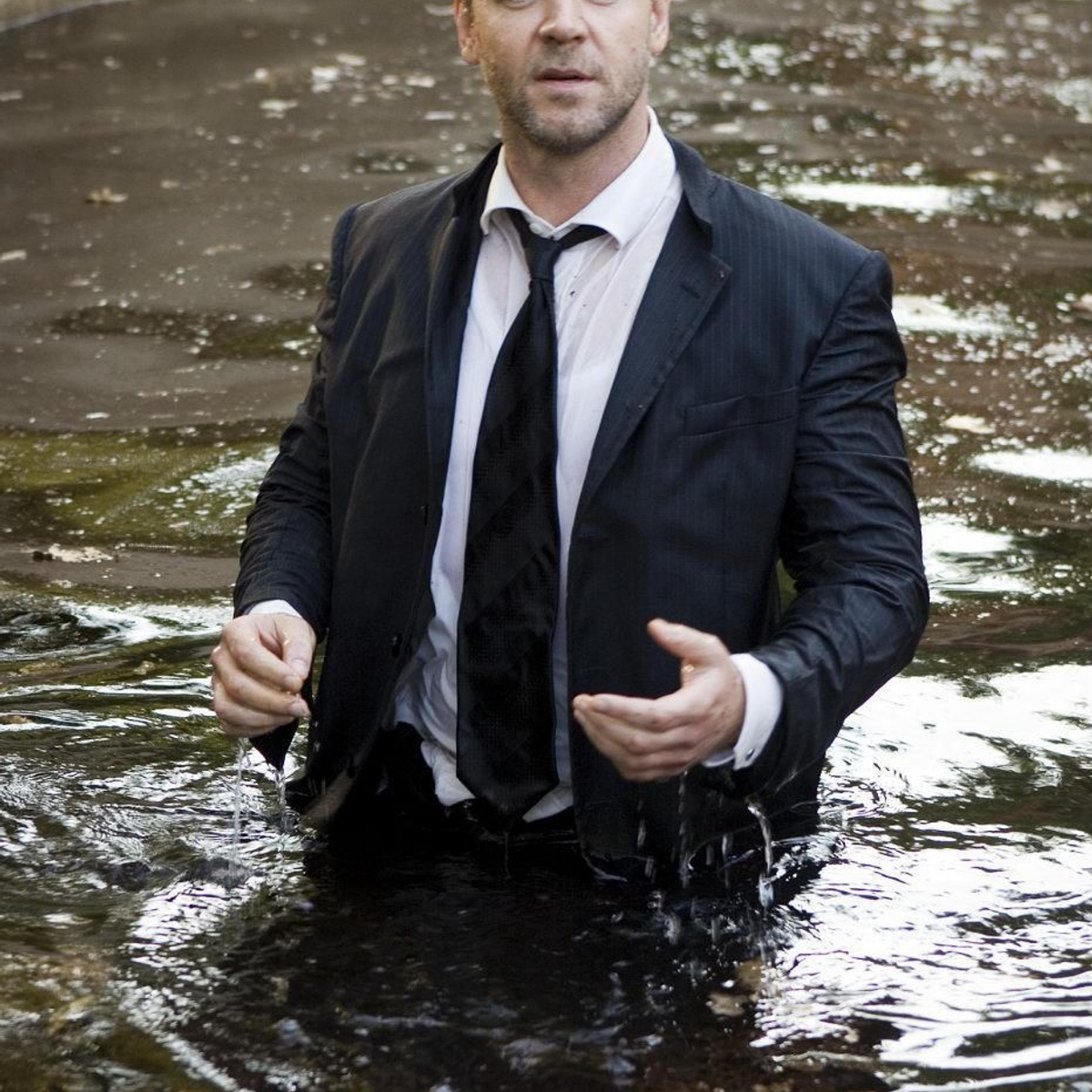The name Royal Oak was chosen for its close connection to a British warship, whose screwed-in portholes were octagonal in shape. A ship whose name Royal Oak came from the famous oak tree that allowed the English king Charles II to escape his pursuers during the battle of Worcester in 1651.
10 unexpected anecdotes on watchmaking. 10 unexpected anecdotes on watchmaking. 10 unexpected anecdotes on watchmaking. 10 unexpected anecdotes on watchmaking. 10 unexpected anecdotes on watchmaking
10 unexpected anecdotes on watchmaking. 10 unexpected anecdotes on watchmaking. 10 unexpected anecdotes on watchmaking. 10 unexpected anecdotes on watchmaking
10 unexpected anecdotes on watchmaking
by Nicolas Amsellem
A few weeks after the end of the Watches & Wonders show in Geneva and all the seriousness that goes with it, it is good to remember some anecdotes borrowed from this fascinating universe. Some of them may be familiar to you, others have been discreetly told to me, like the very last one. Finally, it is good to remember that an anecdote is a little historical fact, sometimes a little inflated, other times halfway between urban legend and reality, which gives it also its charm!
1. The Royal Oak could have been called Safari
But you already knew that, right? The other interesting story is that our favorite designer Gérald Genta did not initially choose this name. A great hunter and lover of trips to Africa, he wanted to name it "Safari", probably for its sporty and adventurous aspect. Unfortunately, the name will not be retained, without knowing where this decision came from.
No fear, he will still manage to use the name Safari for his Gerald Genta Gefica Safari watch, which is none other than the first wristwatch with a bronze case created in 1988. A very different style from the Royal Oak, and in my opinion better fits its term, Safari.
2. Milking cows in summer, assembling in winter
A way of making watches that seems archaic to us, and yet. Before the advent of the "manufacture", which brings together many stages of watchmaking for greater control and organization, établissage was the most widespread way of doing things. The comptoir d'établissage is one of the most widespread and important forms of watchmaking enterprise since the end of the 18th century.
It is headed by a manufacturer/trader who buys the blanks and component parts from specialized suppliers and then entrusts them to other workshops or home workers for finishing, escapement, stonework, ironing, adjustment and winding, until the watch is completely finished. He centralizes all these activities, controls their quality, pays them and looks for outlets for the goods thus obtained.
Among the people who work for this counter, this is a task that concerns them only part of the year, usually in winter. The reason? These same people are busy with farm work and agriculture in the summer. The manufacture of parts for the clock industry allows them to ensure an income in the periods less favorable to the culture of crops. Milking and assembling were then a common thing.
3. A Cosmograph Daytona on the Moon?
Have you ever wondered why the Cosmograph was called like that? For the Speedmaster, we know that Omega had the will to create it at the end of the 1950s, in 1957 to be more precise, and in the communication of the time to make it the watch of the automobile sport, with its tachymetric scale. But the end of the 1950s and the beginning of the 1960s also mark the beginning of the conquest of space. The Soviets sent the poor dog Laika into orbit in 1957 and NASA was created in 1958. In 1962, NASA launched a call for tenders to find watches capable of withstanding the conditions of a trip into space. In 1964, only a few brands remained in the running, including Rolex and Omega. The Speedmaster was approved in March 1965.
Nothing surprising then when we learn that Rolex has affixed the name of Cosmograph on its Daytona in 1963, a word with an obvious consonance with the universe, with a view, perhaps, to see it one day homologated by NASA. The life of the Daytona we know would then have been very different!
4. The golden bath of the Pasha?
Many urban legends revolve around the birth of the Pasha de Cartier, but one holds our attention more than the others and takes us to Morocco. Let's start by laying the foundation. What is a pasha? A Pasha was, in the Ottoman Empire and in Morocco, a title of nobility of high rank granted to the governors of Ottoman provinces. Thami El Glaoui, Pasha of Marrakech in the early 1910's and keeping a strong link with France, will be known for his very sharp tastes and the organization of sumptuous events.
In between parties with the world's greatest, the Pasha liked to swim a few laps and so in the early 1930s he asked Louis Cartier for an elegant watch that could also be immersed. Remember, this is the early 1930s and the first steps in water resistance were just taken, in the mid 1920s with the Rolex Oyster and in the early 1930s with the work on the Omega Marine. Louis Cartier therefore made a piece for the Pasha, in gold, and waterproof thanks to a system of cap screwed on the crown and connected to the case by a safety chain, a screwed back without forgetting a fine protective grid of the glass.
Where is the Pacha watch today? We don't really know. On the other hand, as early as 1940, Louis Cartier had again worked on this waterproof and elegant timepiece that would later become the Pasha.
5. Revolution and the decimal system
The revolution is far from bringing only good things. But no politics here, only clocks. Before the French Revolution, the units of measure were counted in France by hundreds. From the thumb, to the finger, to the handle in the body register, to the other hommées and fauchées related to work, without forgetting those related to transport such as the ânées and bags, there was enough to make you go crazy, when you know that the same unit could vary from one city to another.
During the French Revolution, the king was no longer responsible for calibration, so it was decided to find, as Talleyrand said, "a universal and invariable measure, reproducible and verifiable everywhere and always". The birth of the meter was made official by the decree of 1 August 1793. Its length is established as "equal to the ten millionth part of the quarter of the terrestrial meridian". At the end of the same year 1793, the decimal time arrived on the scene. Decimal time stipulates that "The day, from midnight to midnight, is divided into ten parts or hours, each part into ten others, and so on until the smallest commensurable portion of the duration".
The adoption of the decimal system almost made the clockmakers sick. One observes then at the time some decimal clocks, sometimes preserving in addition "the old" way of making. This decimal time will see its condemnation in April 1795. And so much the better!
6. Louis Alix and the first Omega diving watch
We know that the first real waterproof watch to have been created is none other than the Rolex Oyster, in 1926, with its screwed crown. If it is a waterproof watch, it is not a piece that can withstand the pressure of water. For that, it will have to wait until 1932 and the Omega Marine.
It is here that it is necessary to specify that the strength of Omega was not only to create from 0, but to know how to find opportunities and launch products at the right time. This is precisely the case with this historic watch.
Indeed, the Omega Marine is based on the patent of a Geneva-based gem setter, Louis Alix, who is external to the Omega company. A patent registered in 1931, which Omega used to create the Marine and thus take a step ahead. Going further, Omega tested the watch in real conditions, in particular in the Leman lake to 70 meters, then a little later in 1937 with the laboratory of Neuchâtel which pushes him the pressure to 13,5 atmospheres.
7. El Primero and American protectionism
At the end of the 1890s and with the arrival in power of President Mac Kinley, American protectionism experienced a correction for the watchmaking made outside its borders. Specifically, taxation measures regarding the number of jewels in the movements.
Up to 7 jewels we pay a tax of $ 0.35 on the movement, between 16 and 17 jewels $ 1.25 and beyond $ 3! With this parameter to consider in order not to degrade margins, European brands that export to the United States will be careful not to exceed this threshold. This is why we find at this time similar movements with a very different number of jewels depending on the country of export, like the El Primero caliber from Zenith, whose Movado versions distributed in the United States will reveal only 17 jewels, contrary to the 31 stones in Switzerland.
Nevertheless, the performance and reliability of the El Primero are not affected, incredible no? Beware of rubies!
8. Ulysse Nardin and the perfect watch in the air
The beautiful manufacture Ulysse Nardin has been full of surprises, twists and turns during the 20th century. If everything went according to plan, the American company Batori Computer in the early 1950s should not have met the fate of Ulysse Nardin. Yet. Batori Computer was known for manufacturing flight computers in the form of complex calculation rules, for example for the velocity triangle and drift calculation. This was without counting the request of Oscar Batori in the mid-1950s for a special watch, after his visit to Ulysse Nardin and lamenting the lack of a manufacturer of on-board chronometers that could record important information in the air.
Therefore, in close collaboration with Oscar Eugene Batori, Ulysse Nardin presented in 1956 the "Sun Star" chronometer, useful for air navigation, which indicates on the same 24-hour dial, the mean solar time or civil time and the sidereal time, without forgetting the Greenwich hour angle, useful for longitude calculations. A rather exceptional piece and produced in very few copies.
9. 222, without Gerald Genta
If you ask a watch enthusiast the name of the man behind the design of the 222 at Vacheron Constantin, the answer is likely to be "Gerald Genta" and it would be wrong. Indeed, this Vacheron Constantin reference appeared in 1977 on the 222nd anniversary of the brand, when sports watches with integrated bracelets from prestigious brands started to spread, and it is indeed the pencil stroke of Jorg Hysek that created the myth, not that of our beloved Gerald Genta.
10. Russell Crowe and the Patek Philippe
In Ridley Scott's film "A Good Year" unveiled in 2006, did you pay attention to the watches worn by Russell Crowe? In this movie, where Russell Crowe plays a complicated trader who inherits a Provencal wine estate and falls in love with Marion Cotillard as Fanny Chenal, the local café manager, he wears a particular Patek Philippe. It was Romain Réa, already a watch expert and known for his "horological" relationship with the cinema, who entrusted him with a rare 130 Patek Philippe reference, in our case a single-pusher chronograph in yellow gold. The fate of this little marvel almost turned dark when Romain Réa was asked if the watch could be in a "swimming pool" scene with the risk of being well splashed.
The answer is logical, and Romain Réa will have to find a double for the chronograph so that it can be splashed instead. The yellow gold double will come back well rusted and paid for by the production! Russell Crowe had expressed the wish to acquire the Patek Philippe at the end of the shooting, but while doing a stunt with the watch, he broke the balance shaft, and the watch stoped working. By the time he got it back in square shape, the actor had already moved on. In the end, we will remember that the magnificent reference 130 avoided a very tragic fate.
Here are the first ten anecdotes related to the beautiful world of watchmaking and its endless stories. I hope to have surprised you at least once, which I have no doubt about!
